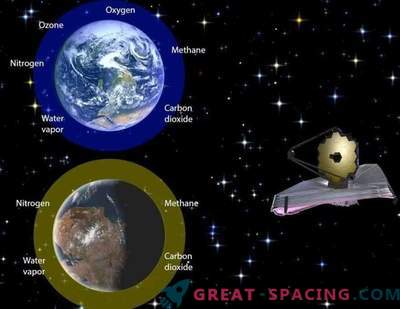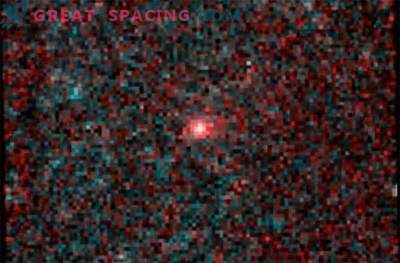
A large satellite of Saturn Titan in a review of a NASA Cassini spacecraft. There is a dense atmosphere with a predominance of nitrogen and methane
New research shows that the analysis of methane in the sky of Jupiter and Saturn’s satellite Titan will help to understand the problem of global warming on Earth. Greenhouse gases heat the planets, capturing heat from the sun. Our usual news is usually carbon dioxide released in large quantities as a result of burning fossil fuels. Methane is an even more powerful greenhouse gas that can heat the world 25 times more than carbon dioxide over the course of a century.
In the new work, scientists focused on the most poorly understood aspect of methane in the role of global warming - how much shortwave solar radiation can it absorb. Early estimates of the effects of increased methane emissions on the global climate did not take into account the effects of shortwave absorption.
The latest climate models take this moment into account, but their accuracy is limited by the uncertainty of how well methane absorbs shortwave radiation. The molecule of carbon dioxide is endowed with a relatively simple linear form, but in methane it is tetrahedral, and its reaction to light is difficult to fix in the laboratory. Therefore, the researchers decided to study the atmosphere of Jupiter and large Titan, which have 1000 times more methane concentration than the Earth's atmosphere. Here are natural laboratories for investigating the effects of sunlight on methane. The researchers took information about Titan from the Huygens ESA probe, landed on the moon in January 2005, and about Jupiter from the NASA Hubble Space Telescope. This made it possible to determine how methane absorbs various short-wave solar rays. The obtained information was connected to terrestrial climate models.
It turned out that the effects of global warming on methane are probably not homogeneous under terrestrial conditions, but vary across the surface of the planet. For example, deserts near the equator are endowed with bright reflective surfaces, so shortwave absorption is 10 times stronger in areas like the Sahara and the Arabian Peninsulas. In addition, the presence of clouds can increase the absorption almost 3 times. These effects are noted west of South Africa and north of South America.
The results confirm previous climate models related to the effects of methane on global warming. Researchers believe that their work will help promote climate change mitigation strategies by demonstrating the risks that various regions of the world will have to face.























